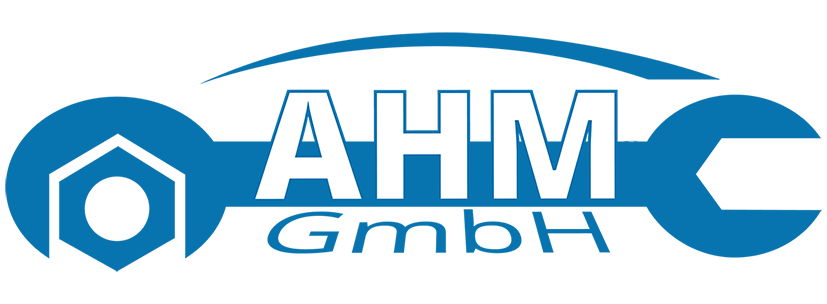Nandrolone Courses: Unlocking Muscle Growth Potential
Nandrolone, a powerful anabolic steroid, has gained popularity among athletes and bodybuilders for its ability to enhance muscle mass and strength. Many individuals seeking to maximize their performance consider Nandrolone courses as a viable option. This article delves into the intricacies of Nandrolone use, dosing protocols, and safety considerations.
Understanding Nandrolone
Nandrolone is derived from testosterone and exhibits similar anabolic properties with fewer androgenic effects. Its primary function is to promote protein synthesis and nitrogen retention, leading to increased muscle hypertrophy. Athletes often turn to Nandrolone courses to achieve significant gains in muscle size and overall athletic performance.
Types of Nandrolone
Before starting any Nandrolone courses, it’s essential to understand the different forms available:
- Nandrolone Decanoate: The most common form, known for its long half-life, allowing for less frequent injections.
- Nandrolone Phenylpropionate: A shorter-acting version, which can lead to quicker results but requires more frequent administration.
Designing Your Nandrolone Course
When considering Nandrolone courses, proper planning is crucial for optimal results. Here are some key factors to consider:
Dosing Protocol
The typical dosage for beginners ranges from 300 Nandrolone to 600 mg per week, while more experienced users may increase this to 600 mg or more. It’s vital to note that higher doses can elevate the risk of side effects.
Cycle Duration
A standard Nandrolone cycle generally lasts between 8 to 12 weeks. Extension beyond this period should be approached with caution due to potential health risks.
Stacking with Other Compounds
Many users opt to stack Nandrolone courses with other anabolic steroids to enhance results. Common companions include testosterone, Dianabol, and Trenbolone. However, stacking requires an understanding of each compound’s effects and interactions.
Potential Side Effects
While Nandrolone can provide impressive gains, it is not without risks. Some potential side effects include:
- Hormonal imbalances leading to issues such as gynecomastia.
- Cardiovascular strain, including high blood pressure.
- Liver toxicity, particularly with oral forms.
It’s imperative to monitor your health closely during Nandrolone courses and consult healthcare professionals if any adverse symptoms arise.
Post-Cycle Therapy (PCT)
After completing a Nandrolone course, implementing a proper PCT is crucial to restore natural testosterone production and maintain gains. Common PCT agents include Clomid and Nolvadex, which help mitigate hormonal fluctuations.
Conclusion
Engaging in Nandrolone courses can yield significant benefits for those looking to improve their physique and athletic performance. However, understanding the associated risks, side effects, and the importance of responsible usage is vital. Always prioritize health and seek professional guidance to ensure safe practices when incorporating Nandrolone into your regimen.

